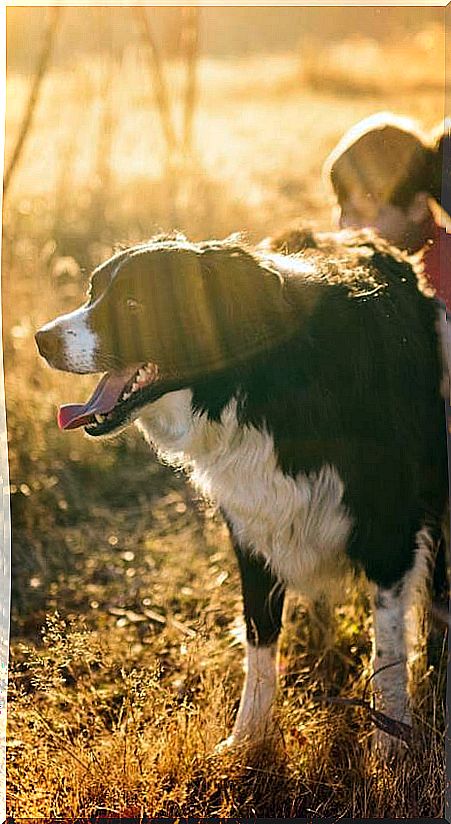Children Who Live With Animals Have Fewer Allergies
The more animals in the home, the better. A study confirms that living with animals for the first 12 months of life protects against allergies throughout childhood.

The hygiene hypothesis is on the way to becoming a fully confirmed theory. The hypothesis says that the contact of children with a variety of allergens and microorganisms favors the maturation of the immune system and prevents the development of allergies.
It is better to grow up with five animals than none (if we talk about allergies)
Scientists at the University of Gothenburg (Sweden), led by Dr. Bill Hesselmar, have found that each animal that lives at home adds protection against allergies in children. This study showed that:
- Five animals reduce the incidence of allergy symptoms to zero.
- If you live with three animals, allergies will affect 21-24% of children
- Without the company of animals, almost half of children (48-49%) will develop allergy symptoms during childhood.
The researchers, who worked with two groups of 1,029 and 249 children, say that, the greater the contact of babies with animals (cats and dogs have been considered) during the first 12 months of life, the less likely they are to develop allergies during childhood.
The allergy diagnostics were performed by pediatric by clinical criteria and laboratory tests eosinophil skin tests (skin prick tests-) and analysis of immunoglobulins.
It is not yet known how they influence immunity
The study authors caution that more research is needed to claim that animals facilitate immune tolerance. Studies show an association, butthe mechanisms are unknownby which animals modify the immune response. And there are no studies on longer-term protective effects.
However, the Swedish researchers have some suggestions.
One possible mechanism by which a dog or cat becomes a shield against allergies is that their dander contains massive amounts of allergens of their respective species, which would induce a clinical tolerance to high doses of allergens.
Each animal creates a mini-farm environment
Another mechanism could be that the animal creates a mini-farm environment with microorganisms and other immunoregulatory factors that influence the child’s immune development. This would provide added immunity not only to the animal itself, but to other allergens present in the air or in food and not related to the animals.
Scientific studies like this one are flipping what allergists have saidfor decades: that each animal increased the risk of allergic sensitization. The authors assure that the truth is the opposite, even in children with allergic parents.
In addition, the scientific literature lists other protective factors that reduce the risk of allergy and that have to do with exposure to microorganisms and allergens: being born vaginally, being breastfed, living on a farm, and having siblings.









